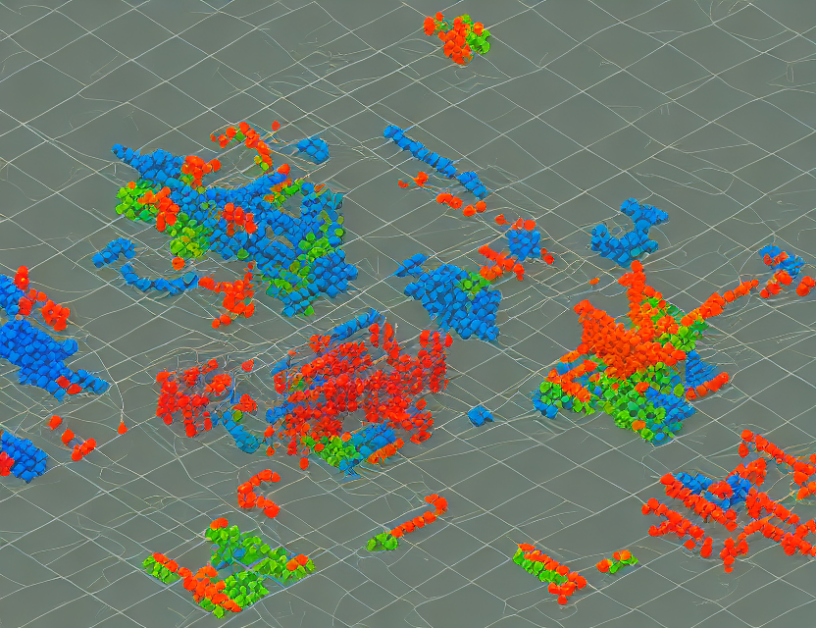In this article, we dive into the fascinating world of perceptron models, exploring their intricate connections and shedding light on the mysteries that have puzzled mathematicians for decades. We delve into the realm of neural networks, uncovering the underlying principles that govern their behavior and revealing the key to unlocking their full potential.
A Brief Introduction to Perceptron Models
Perceptrons are a type of neural network that has been around since the 1950s, yet they continue to fascinate researchers due to their unique properties and capabilities. Essentially, perceptrons are simple models that can be used for binary classification tasks, where the goal is to predict the class of an input based on its features. However, these models have a peculiar limitation: they can only learn linearly separable classes, which means they cannot handle complex non-linear relationships between features and classes.
The Curse of Perceptron Models
Despite their limitations, perceptrons have been widely used in various applications, including image recognition, natural language processing, and decision making. However, their capacity to learn and generalize is limited, which has led researchers to seek ways to overcome this curse. The primary objective of this article is to provide a comprehensive overview of the techniques that can be employed to lift the curse of perceptron models and unlock their full potential.
Lifting the Curse: Techniques for Improving Perceptron Models
Several techniques have been proposed to enhance the performance of perceptron models, including:
- Rounding: This technique involves rounding the weights and biases of the model to improve its generalization ability. By reducing the precision of the model’s parameters, rounding can help prevent overfitting and improve its overall performance.
- Regularization: Regularization techniques, such as L1 and L2 regularization, can be applied to reduce the complexity of the model and prevent overfitting. By adding a penalty term to the loss function, regularization can help improve the generalization ability of the model.
- Lifting: This technique involves iteratively adding new layers to the perceptron model to enhance its capacity to learn non-linear relationships between features and classes. By increasing the complexity of the model, lifting can help overcome the curse of perceptron models and improve their performance.
- Partial Lifting: This technique involves partially lifting the perceptron model by adding new layers while retaining the original linear layer. By combining the advantages of both linear and non-linear layers, partial lifting can help achieve better performance than either technique alone.
- Randomization: Randomizing the weights and biases of the perceptron model can help improve its generalization ability by introducing noise into the system. By reducing the precision of the model’s parameters, randomization can help prevent overfitting and improve its overall performance.
- Bias-Variance Tradeoff: Understanding the bias-variance tradeoff is essential for improving the performance of perceptron models. By adjusting the balance between bias and variance, researchers can optimize the performance of the model.
Conclusion
In conclusion, perceptron models have been a subject of interest in the field of neural networks for decades due to their unique properties and limitations. By employing various techniques such as rounding, regularization, lifting, partial lifting, randomization, and understanding the bias-variance tradeoff, researchers can overcome the curse of perceptron models and unlock their full potential. These techniques have been proven to improve the performance of perceptron models in various applications, including image recognition, natural language processing, and decision making. With these insights, we hope to demystify the complex world of perceptron models and provide a comprehensive understanding of their capabilities and limitations.



